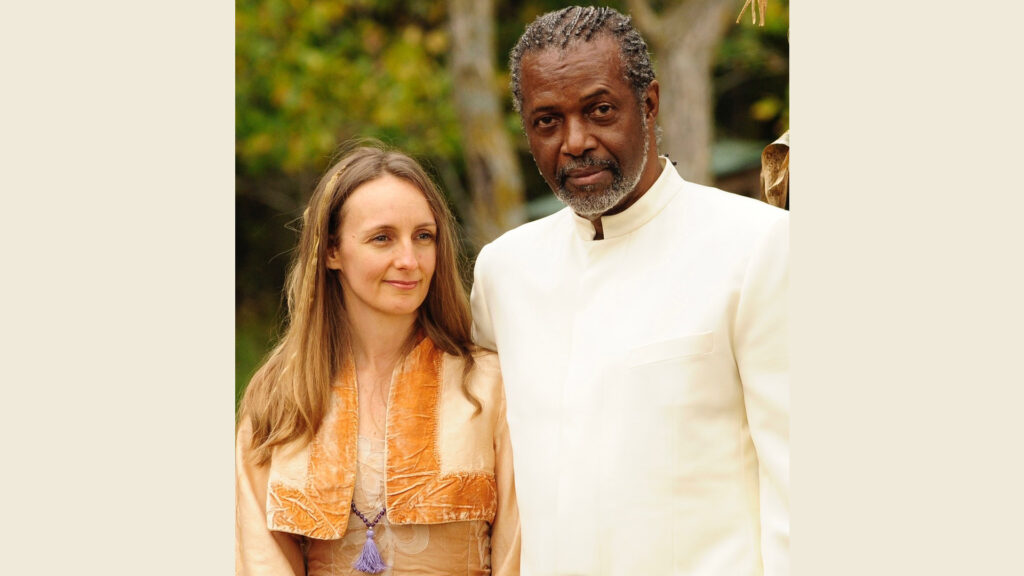On Tuesday, the Centers for Disease Control and Prevention, the Centers for Medicare and Medicaid Services, and the Agency for Healthcare Research and Quality took an important step: They launched the Core Elements of Hospital Diagnostic Excellence, a new project to help reduce the number of Americans who die or are permanently disabled each year by diagnostic error. In 2023, that happened to nearly 800,000 Americans.
My family is one of the many to experience this. I’m sharing our story with the encouragement of CDC.
advertisement
In 2012, I could not have imagined that the greatest threat my husband faced in the hospital was not the brain bleed we came in to treat — but one of the most common post-surgical complications, venous thromboembolism (VTE). This deadly blood clot was growing in my husband, and no one on his care team knew it. In a few days, it would travel to his lungs and kill him. Simple steps, like a risk assessment and monitoring, could have been taken. However, these proven preventative measures were not taken.
Before 2012, phrases like “delayed diagnosis,” “missed diagnosis,” “patient safety,” or “VTE” had never crossed my lips. Now, they roll off my tongue almost daily.
Since my husband, the much beloved Yogiraj Charles Bates, died from a VTE, it’s been life-affirming for me to help patients and health care professionals listen, learn, and work together to improve patient outcomes and safety. Hospitals and patient and family advocates encourage family members like me to share our experiences because they say it can save lives.
advertisement
Yogiraj’s simple fall from a bench started the brain bleed, which required surgery. The neurosurgeons successfully treated the injury, and initially, we were hopeful for a full recovery. In his typically joyful way, Yogiraj returned to philosophizing (he was a teacher) within hours of the surgery. But after a few days, even though he was walking frequently, Yogiraj’s symptoms of numbness, chest and leg pain, difficulty breathing, and fever created worry.
Though the practitioners were kind and attentive, they failed to diagnose Yogiraj’s symptoms as signs of a blood clot, and they didn’t communicate well with one another. We witnessed the staff continuously lean on the neurosurgery team, a group that was attentive to his brain bleed but not this common post-surgical complication, VTE. We did not know he was not receiving medications for a blood clot due to the risk of bleeding. No doctor mentioned this to us; we didn’t know to ask.
Yogiraj might have survived if we had not confused kindness with skilled, quality care. I slept in the hospital with him all 12 days of his hospitalization, and every time we spoke of a symptom, the care team listened, but I should have been more insistent. I hesitated to ask too many questions, thinking the doctors knew best. Now, I realize the utmost importance of families engaging with the medical team on behalf of their loved ones and staying informed.
Since Yogiraj’s death, I’ve spent hundreds of hours and joined millions of others to spark systemic changes to promote learning among hospital leadership, health care professionals, patients, families, and caregivers that leads to the protection of patients and families within a profession that sincerely wants to help, not hurt. Health care providers are deeply affected when harm comes to their patients. Many see the same issues repeatedly because the lessons learned often don’t change treatment protocols. When lessons don’t convert to improved diagnosis, successful treatment declines, and risks to patients go up. However, when medical teams use well-studied tools and know-how to link symptoms to the cause, lives are saved, and unnecessary suffering for both health care providers and patient families declines.
advertisement
The care team might not have lost their patient — a father, son, brother, uncle, husband, teacher, and so much more — if patient safety efforts received funding that reflected the consequences and costs of medical errors.
A 2023 study by the Johns Hopkins Armstrong Institute Center for Diagnostic Excellence found that approximately 795,000 Americans either die or are permanently disabled each year due to diagnostic errors, which would make the broad economic impact much higher.
To make progress, we must increase awareness and education among health care providers and improve communication across the care team, including with patients, families, and caregivers. Most significantly, I believe, the loss our family experienced could have been prevented if there had been clear, direct, day-to-day communication between the health care professionals treating my husband, our family, and the patient himself.
I believe the new CDC Core Elements of Hospital Diagnostic Excellence can be an excellent resource to improve patient safety, establish the processes and systems to support the decisions of health care providers, track progress, and foster a culture of learning from missed, delayed, or incorrect diagnoses in health care settings.
Losing Yogiraj has driven me to persist in better diagnostic and medical care, not just because of the toll on our family but because we envision a future where no family or medical provider suffers such a loss in this way. Improving diagnostic practices is about building a safer, more responsive health care system that protects all our loved ones, including the brave individuals dedicated to caring for the sick and vulnerable. It’s a responsibility we all share for our families and the future of health care.
Vonda Vaden Bates has been a patient safety advocate since the death of her husband in 2012. She is also CEO and senior organizational consultant at 10th Dot, an organization Yogiraj founded.

